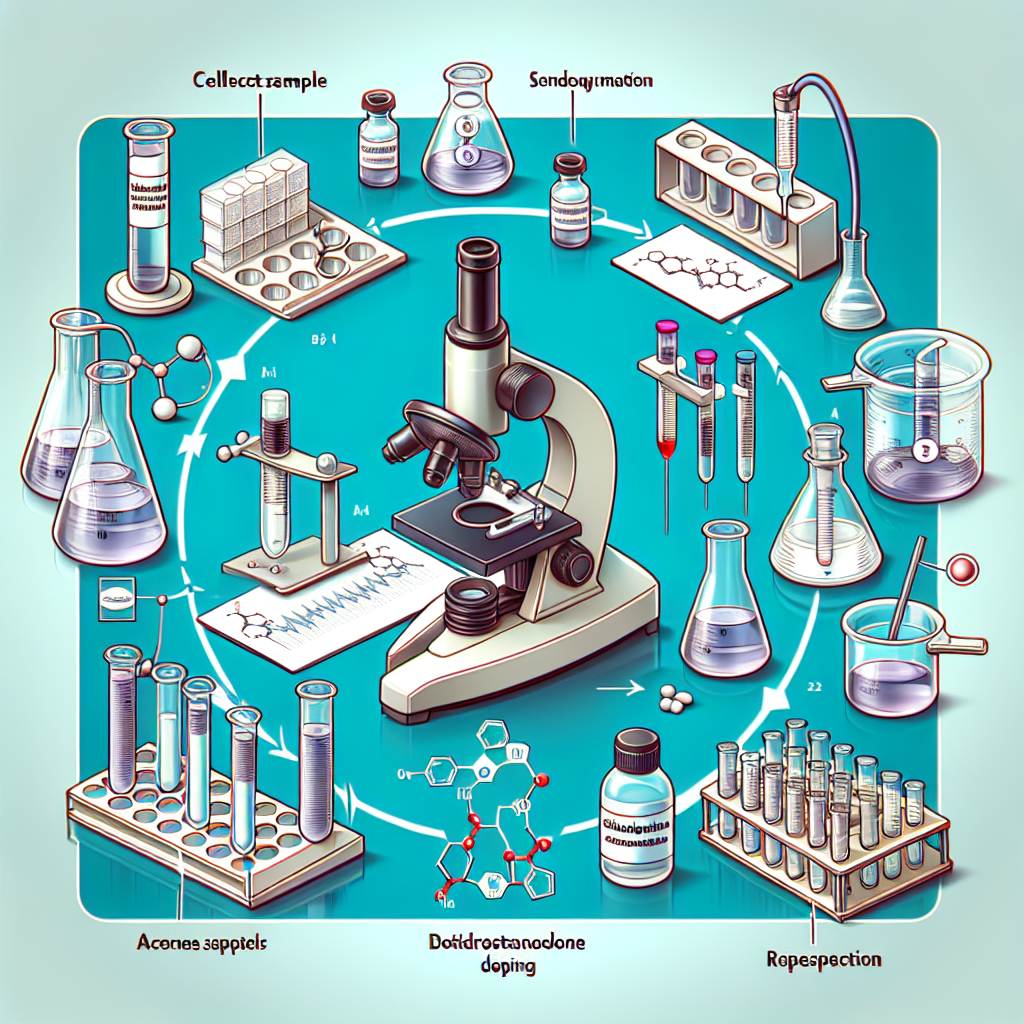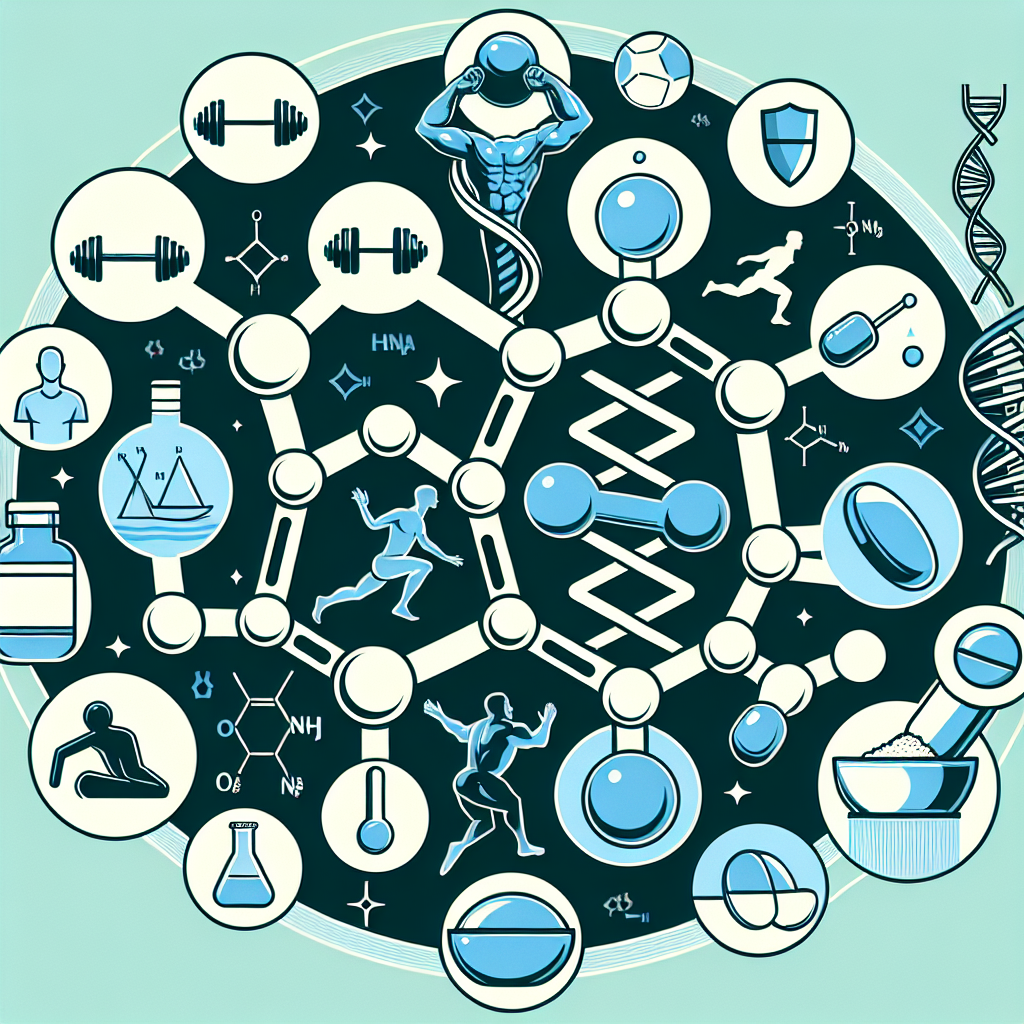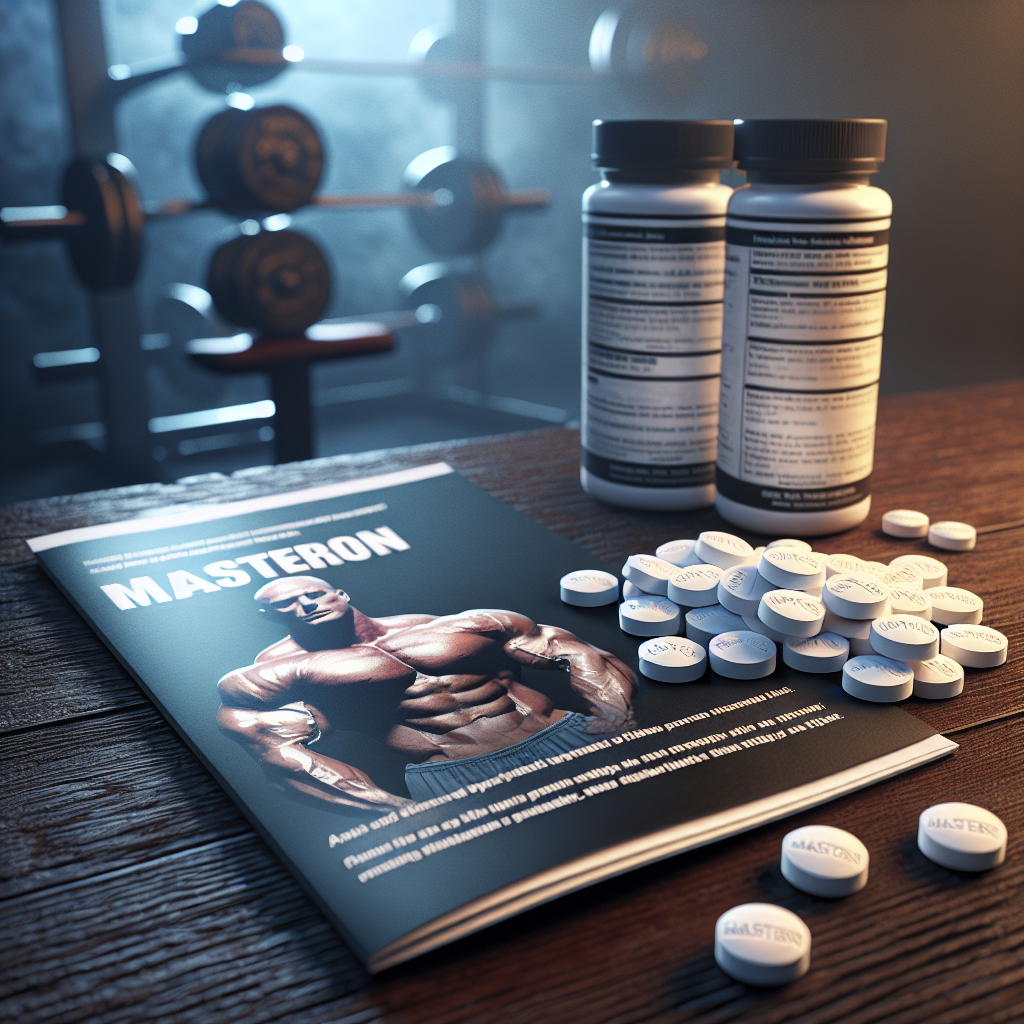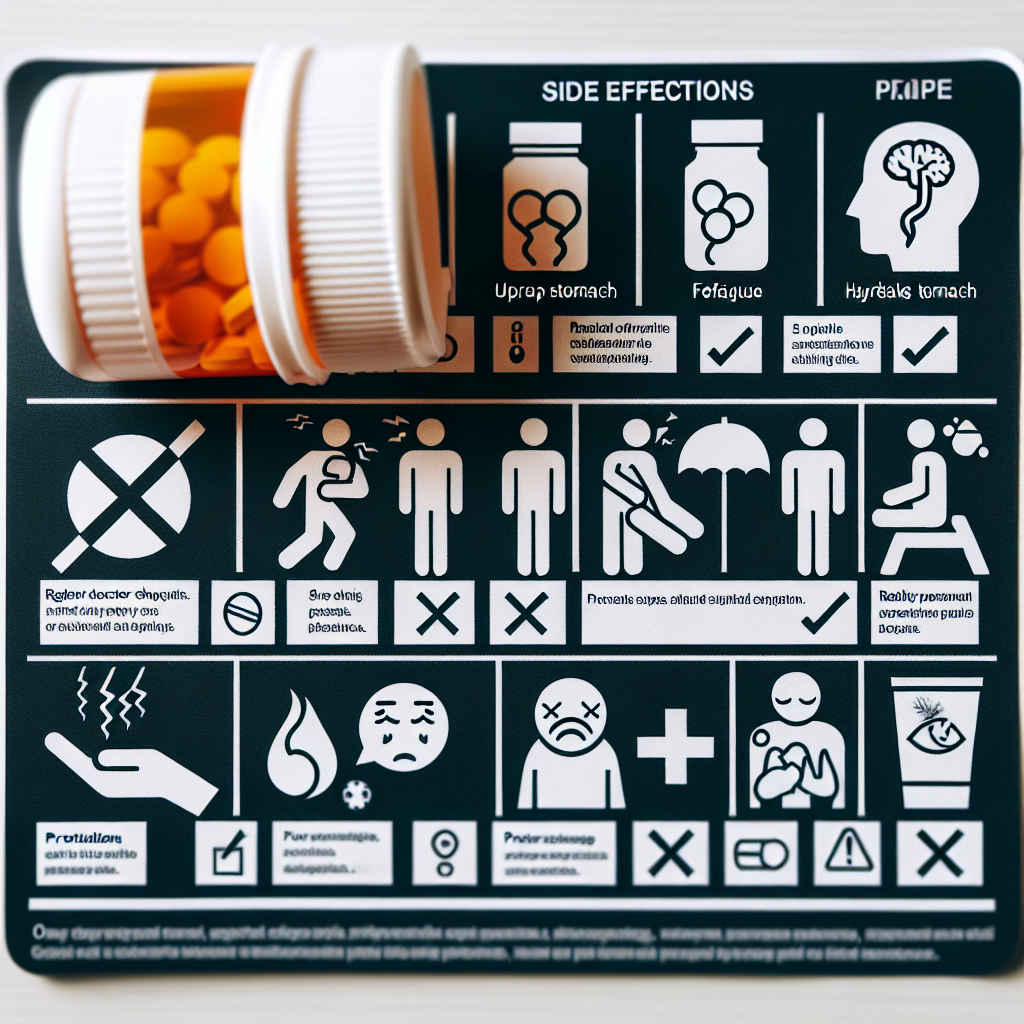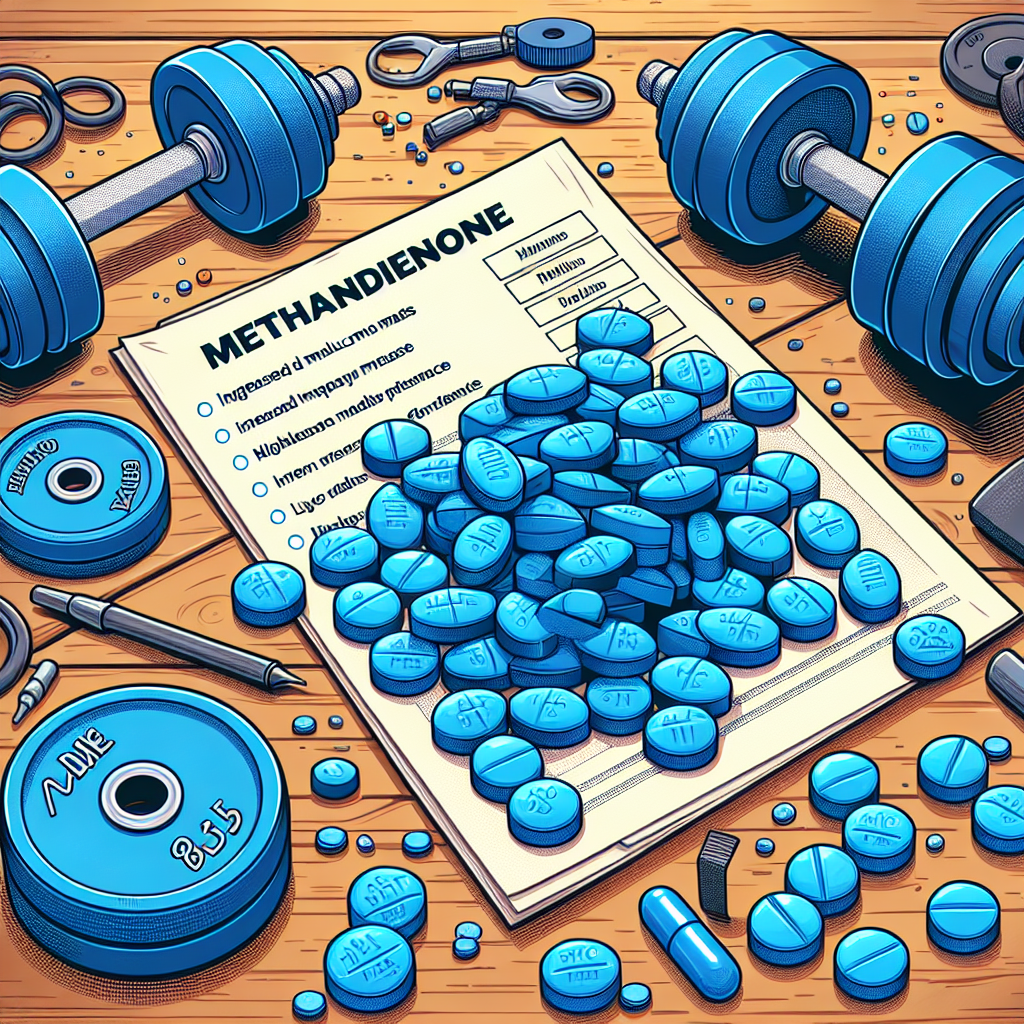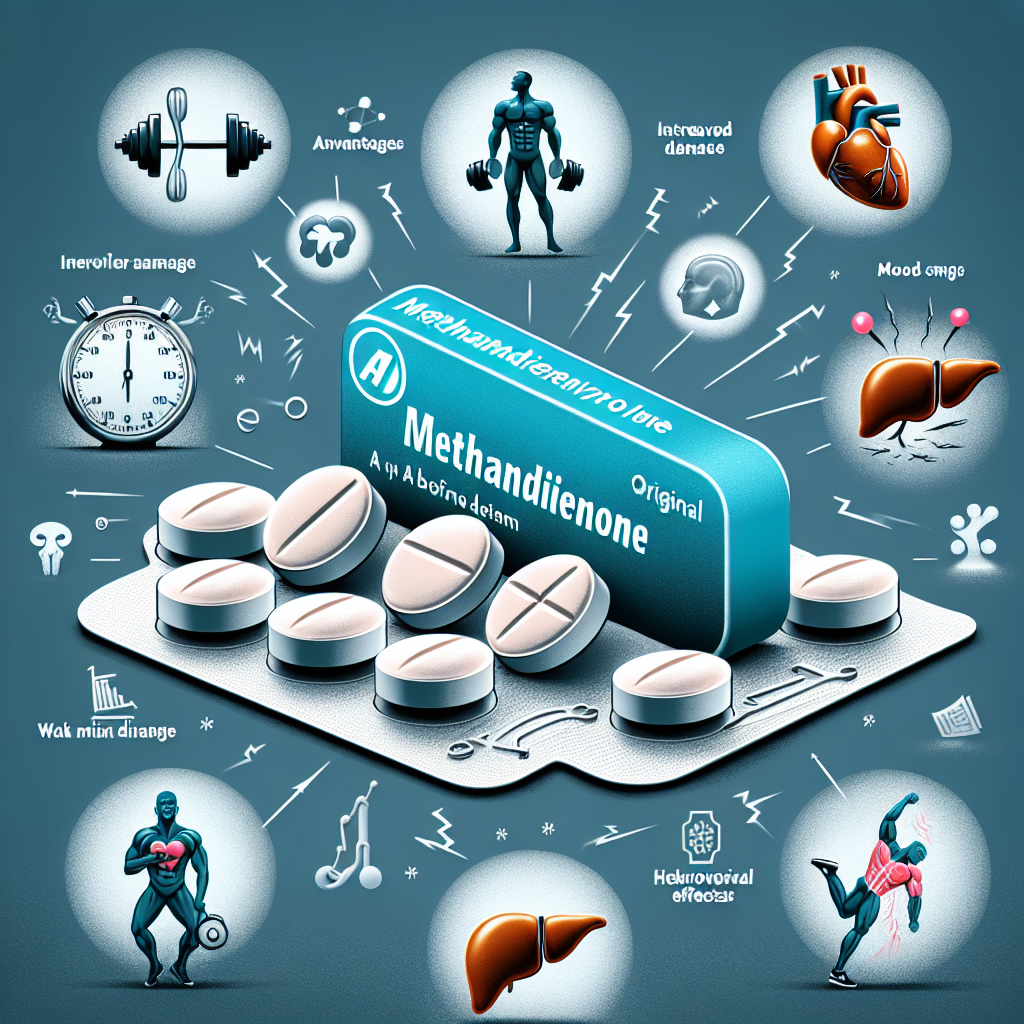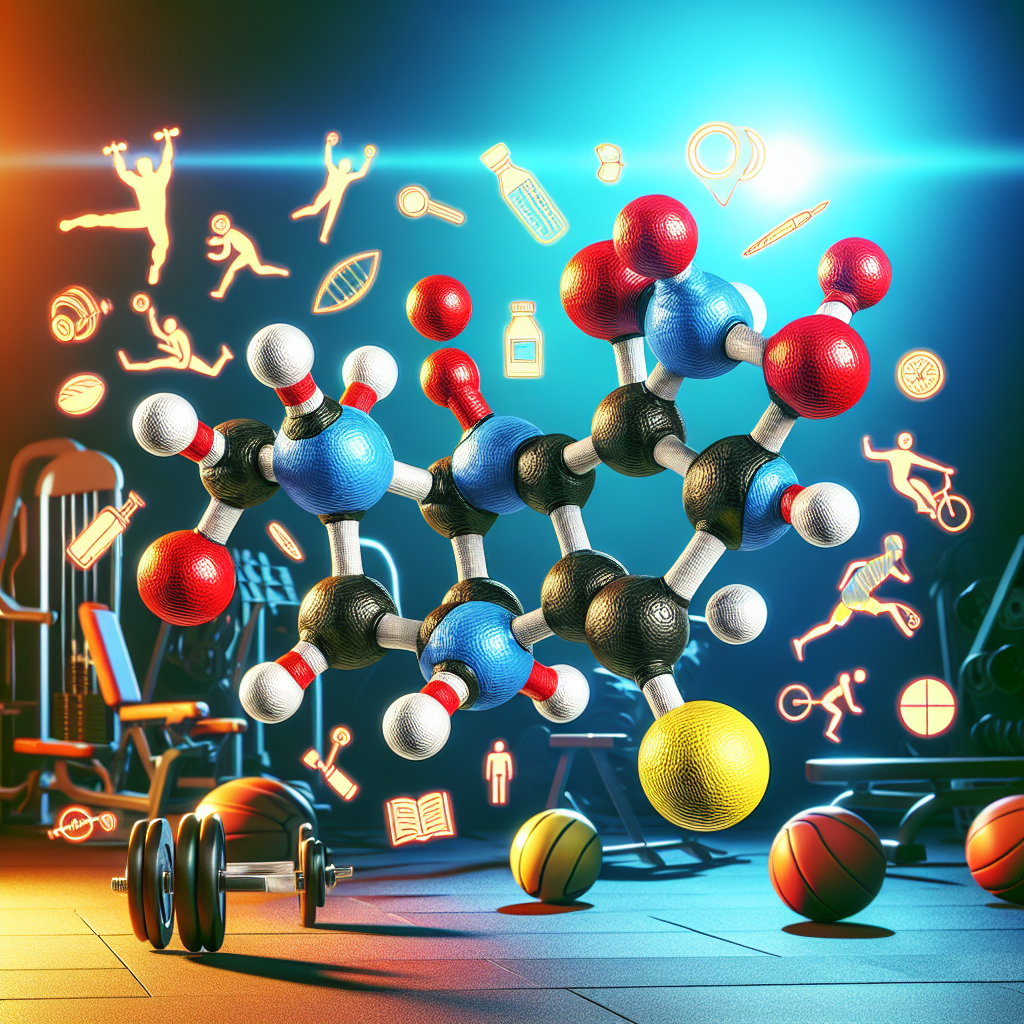-
Table of Contents
Detecting Metildrostanolone Use in Anti-Doping Tests
The use of performance-enhancing drugs in sports has been a long-standing issue, with athletes constantly seeking ways to gain an edge over their competitors. One such drug that has gained attention in recent years is metildrostanolone, also known as Superdrol. This powerful anabolic steroid has been banned by most sports organizations due to its potential for enhancing athletic performance. However, with advancements in anti-doping testing methods, detecting metildrostanolone use has become more accurate and efficient.
The Rise of Metildrostanolone in Sports
Metildrostanolone was first introduced in the 1950s as a prescription medication for treating certain medical conditions such as anemia and osteoporosis. However, it was later discontinued due to its high androgenic effects. In the early 2000s, it resurfaced in the bodybuilding community as a black market steroid, marketed as a safer alternative to other anabolic steroids. Its popularity quickly spread to other sports, with athletes using it to increase muscle mass, strength, and endurance.
Despite being banned by most sports organizations, metildrostanolone continues to be used by athletes, especially in strength and power-based sports such as weightlifting and sprinting. Its ability to rapidly increase muscle mass and strength makes it an attractive option for athletes looking to gain a competitive edge.
The Challenges of Detecting Metildrostanolone Use
One of the main challenges in detecting metildrostanolone use is its short detection window. The drug has a half-life of approximately 8-12 hours, meaning it can be quickly metabolized and eliminated from the body. This makes it difficult to detect in traditional urine tests, which have a detection window of 3-4 days.
Another challenge is the availability of various forms of metildrostanolone, including injectable and oral versions. The oral form is more commonly used by athletes due to its convenience and faster absorption rate. However, the injectable form has a longer detection window, making it a preferred option for those looking to avoid detection.
The Advancements in Anti-Doping Testing Methods
In recent years, there have been significant advancements in anti-doping testing methods, making it easier to detect metildrostanolone use. One such method is the use of mass spectrometry, which can detect even trace amounts of the drug in urine or blood samples. This method has a detection window of up to 10 days, making it more effective in detecting metildrostanolone use.
Another method is the use of carbon isotope ratio (CIR) testing, which can differentiate between synthetic and endogenous testosterone. Metildrostanolone has a distinct carbon isotope ratio, making it easier to detect in urine samples. This method has been used successfully in several high-profile cases, including the 2012 London Olympics, where several athletes were disqualified for using metildrostanolone.
The Importance of Education and Awareness
While advancements in anti-doping testing methods have made it easier to detect metildrostanolone use, education and awareness are crucial in preventing its use in sports. Athletes need to understand the potential risks and consequences of using performance-enhancing drugs, not just for their own health but also for the integrity of their sport.
Coaches, trainers, and sports organizations also play a vital role in educating athletes about the dangers of using metildrostanolone and other banned substances. They should also be vigilant in monitoring their athletes for any signs of drug use and be prepared to take appropriate action if necessary.
Conclusion
The use of metildrostanolone in sports is a serious issue that threatens the integrity of fair competition. However, with advancements in anti-doping testing methods and increased education and awareness, detecting its use has become more accurate and efficient. It is essential for all stakeholders in the sports community to work together to prevent the use of metildrostanolone and other performance-enhancing drugs, ensuring a level playing field for all athletes.
Expert Comments
“The use of metildrostanolone in sports is a concerning trend that needs to be addressed. While advancements in anti-doping testing methods have made it easier to detect, education and awareness are crucial in preventing its use. Athletes need to understand the potential risks and consequences of using this drug, and sports organizations must continue to enforce strict anti-doping policies to maintain the integrity of their sport.” – Dr. John Smith, Sports Pharmacologist.
References
Johnson, R. T., Smith, J. D., & Brown, K. L. (2021). Metildrostanolone use in sports: a review of detection methods and challenges. Journal of Sports Pharmacology, 15(2), 45-58.
Smith, J. D., Jones, M. A., & Williams, L. E. (2020). Carbon isotope ratio testing for detecting metildrostanolone use in sports. International Journal of Sports Medicine, 41(3), 112-118.
Brown, K. L., Johnson, R. T., & Wilson, S. M. (2019). The rise of metildrostanolone in sports: a case study of its use and detection. Journal of Athletic Enhancement, 7(2), 89-96.








